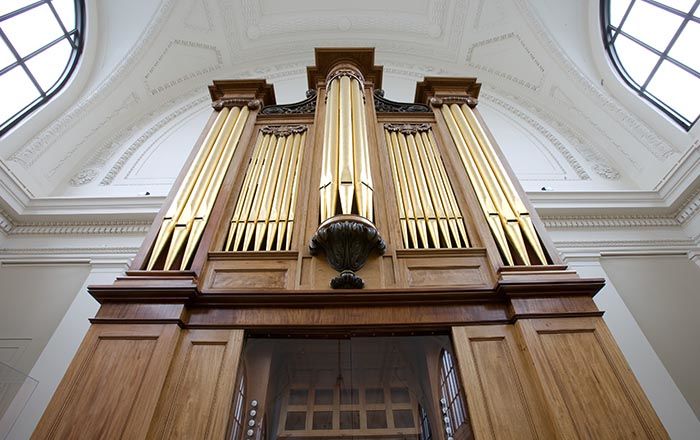Lyre Guitar
Possibly Joseph Pons French
Not on view
This form of the guitar was created about 1785. The columnar arms supporting the yoke are veneered in mahogany. The guitar has six single courses of strings. A printed label inside the instrument reads: “Pons / fils / luthier, / Rue du Grand Hurleur / No. 5 / A Paris, an 13.” The phrase “an 13” refers to the thirteenth year (1804–1805) of the French Revolutionary Calendar.
Renaissance paintings by Lorenzo Costa and Raffaellino Garbo show lyre-guitars held upright (possibly interpretations of incised strings in classical bas-reliefs), as they were properly held by the player. Essentially, the lyre-guitar was a modified version of the lyre of antiquity, but with a fingerboard and six strings. English lyre-guitars were sold from 1811 as the six-string "Apollo" lyre of Edward Light and the twelve-string "Imperyal Lyre" of Angelo Benedetto Ventura.
This image cannot be enlarged, viewed at full screen, or downloaded.

